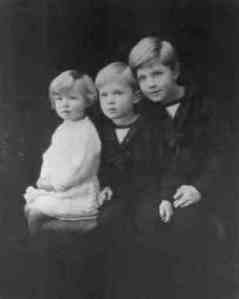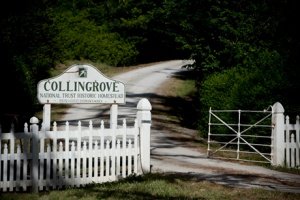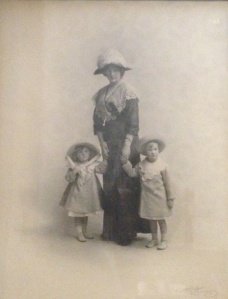The aim of my Directed Studies project is to develop an interpretative plan for Collingrove Homestead, located 7km SE of Angaston, South Australia. As part of this project I have been visiting other historic houses around Adelaide, to assess how they present and display information about the property and its history. I recently visited Ayers House, located on North Terrace in the Adelaide CBD. What I found interesting about this tour was the use of sound bites to convey what life was like for the Queen of England, an upper middle class child, a maid and a miner in the 1800s. Although this particular example at Ayers House has not been well executed—the sound bites are just too long and the tour guides find that they impede the tour they give—it got me thinking about applying a sound bite to Collingrove Homestead.
My interpretative plan proposes that interpretative signage be used to convey information about the Angas family and the history of the property. During my visit to Collingrove, I identified that the major theme of the house is family. With this in mind, I want to convey what growing up at Collingrove Homestead was like, from the perspective of a family member. To develop this idea further, I visited the State Library of South Australia to listen to a recording of an interview with Colin Fife Angas, who grew up at Collingrove Homestead. Listening to this interview, I started to develop my own questions about the house, and about the experience of living at Collingrove, which were not addressed. I feel like this interview was misguided and should have focussed more on why Colin Fife Angas loved Collingrove and the memories that really exemplify why it was such a happy family home. Having said that, this oral history record is a valuable reference and has provided a unique insight into the Angas family and their life at Collingrove, which I hope to include in the interpretative plan I am developing.

Colin Fife Angas (centre), pictured with his brother Robert and his sister Suzanne. Courtesy of the State Library of South Australia.





